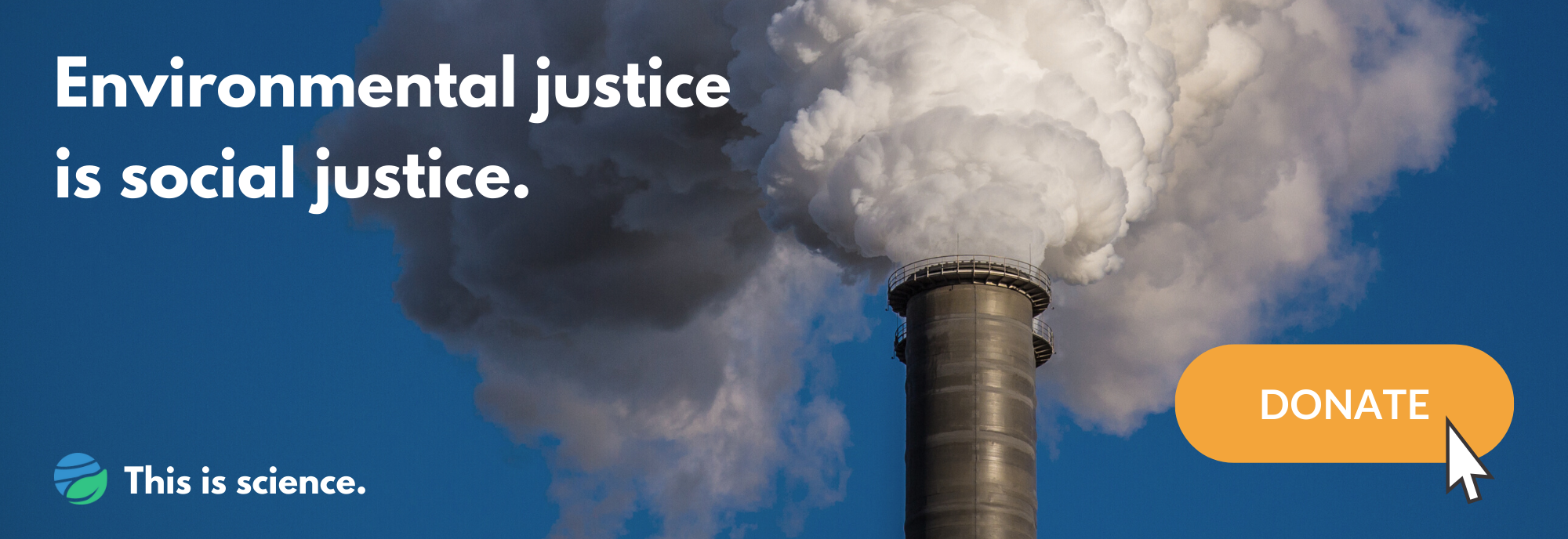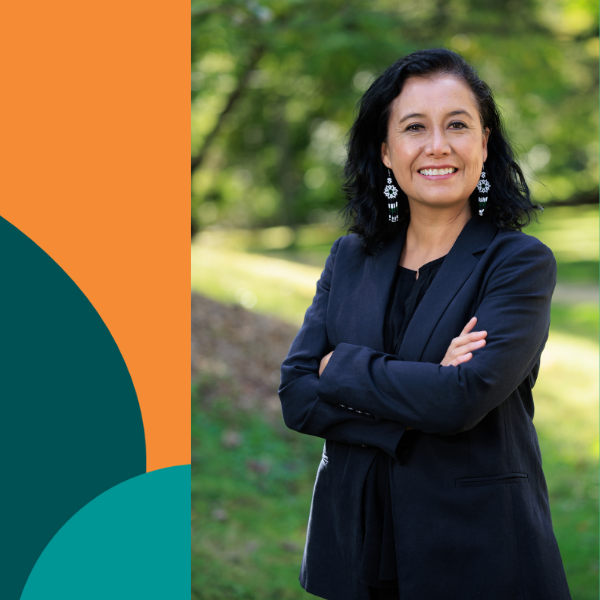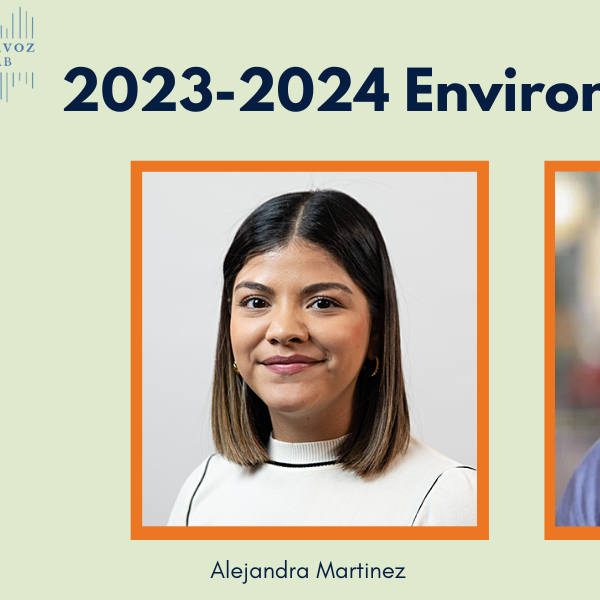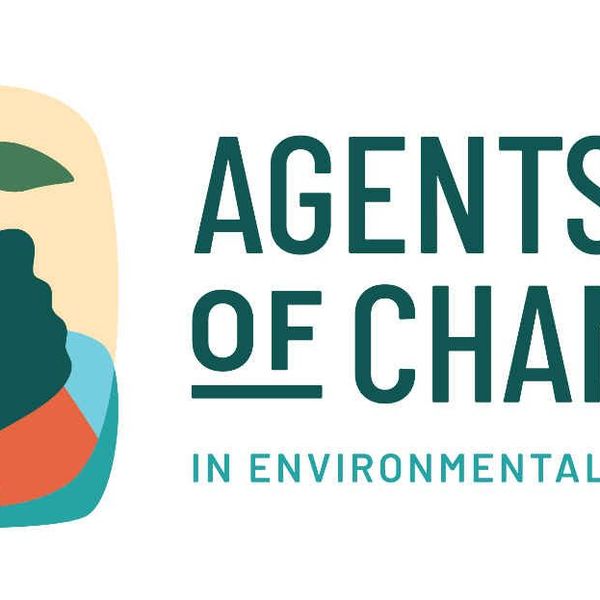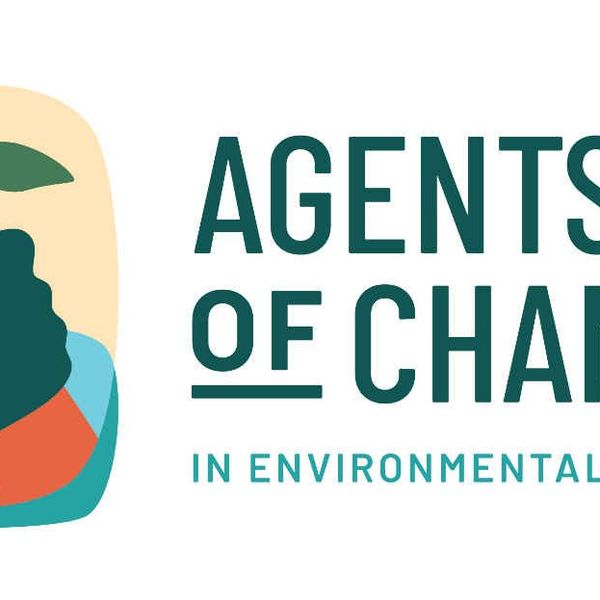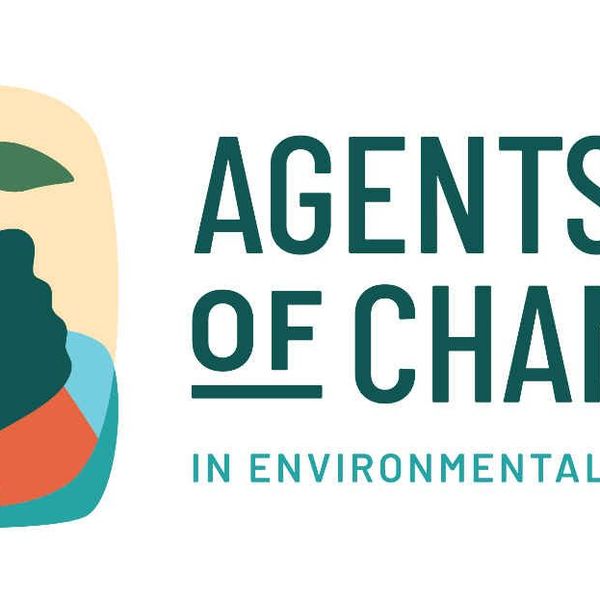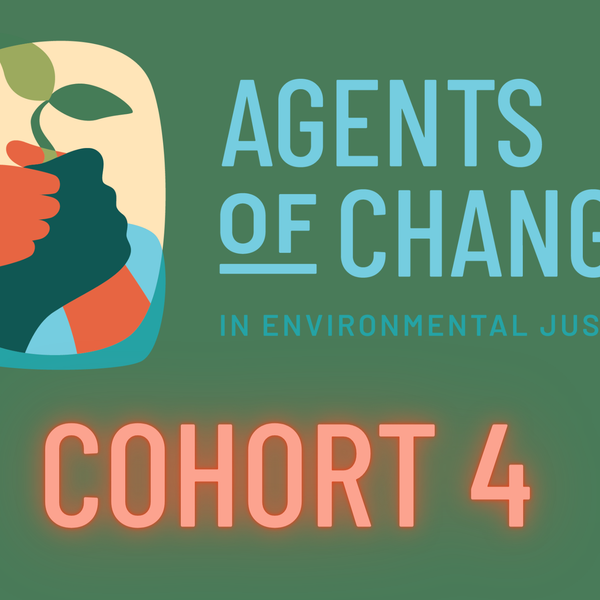During the middle of the holy month of Ramadan, when I started writing this essay, my native Bangladesh was confronting the COVID-19 pandemic with a nationwide lockdown.
While more than 90 percent of the country's population was fasting every day from dawn to dusk as a mandatory Islamic ritual, without taking any food or water during the driest and warmest season of the year, the nation saw record-breaking numbers of COVID-19 infections and deaths caused by the second wave of the global pandemic. According to official statistics, as of August 4, 2021, there were 1,296,093 confirmed cases and 21,397 total deaths in Bangladesh.
This public health crisis exacerbated another: Bangladesh's water shortage. The inequitable management of the major transboundary rivers that the country shares with India puts Bangladesh in a precarious situation, vulnerable and overly reliant on the water coming from outside of the country. Water shortages have been all too common in Bangladesh ever since its independence in 1971. The result is immense pressure on much of the population.
This essay is part of "Agents of Change" — see the full series
Seventy percent of the country's population is directly dependent on farming for their survival, and 90 percent of them grow water-intensive rice. Meanwhile, 91 percent of Bangladesh's water comes from outside its borders. In addition, drinking water scarcity is exacerbating public health concerns specially in the southwestern coastal region where most of the people confront waterborne health risks like diarrhea, dysentery, and skin diseases.
This year, water scarcity puts an unnecessary extra burden on a country already struggling with the global pandemic.
Drought, floods, and misallocations

A woman cooks food on a raft made from a banana tree after a flood inundated her house in northern Bangladesh. Source: UCA News, July 14, 2020 (Credit: Liton Das)
A water crisis is not new for Bangladesh. As someone who was born and raised in a small farming family, I have seen my farmer father's life-long water struggles. As a child, I used to work in the rice field with my father and siblings. I saw that our household's food security was unstable during both the water-scarce winters and the water-abundant monsoon seasons. Every year, drought and floods come one after another to Bangladesh, the land of rivers, toying with the lives of the poor farmers who rely so heavily on irrigation.
Climate change is obviously one factor behind water scarcity, but the true culprit is the construction of the Farakka Barrage by India in 1975, which was made to control water flow in the mighty Ganges. This year, that imbalance is more prominent than ever. The demand for water skyrocketed over the last year due to the critical role of water in containing COVID-19.
Safely managed water, sanitation, and hygiene services also play a significant role in the prevention of infectious disease outbreaks. The burden of the pandemic exacerbated water demand, especially as the country experienced an extreme heat wave. On April 25, the temperature in Jessore, a southwestern district, was 106.16 degrees Fahrenheit — the highest temperature recorded in the country since 2014.
This essay is also available in Spanish
There are several treaties and agreements in place between Bangladesh and India to address water management and allocation. But lately, India, which lies upstream from Bangladesh, has not been releasing its agreed volumes of water. As a result, Bangladesh's supply is running dry, and this year, it has had to suspend projects like the Ganga-Kobodak Irrigation Project, the largest of its kind. This suspension brought severe hardships for the thousands of irrigation-based farmers who rely on that water. Consequently, Bangladesh's groundwater is depleting, sinking
from 30 feet below the surface in the 1970s to 107 feet in 2018.
At the same time, the country has seen a rapid increase in the frequency and magnitude of floods. Between 1972 and 2014, Bangladesh had severe flooding in only six years — 1974, 1987, 1988, 1998, 2004, and 2007. But starting in 2015, then Bangladesh saw higher magnitude floods for six years in a row that submerged more than 22 percent of the country's total land.
Water has become a double-edged sword for most Bangladeshi families, including mine. I can recall my own childhood when I took shelter in my village elementary school building during every monsoon season when our household was flooded from the overflowing river.
Bangladesh: A land of rivers

Buriganga River, Bangladesh. (Credit: shishir fajsal/flickr)
"Rivers first create land, then fertilize it and finally distribute its produce," Bangladeshi environmental historian Iftekhar Iqbal quoted this famous statement of C. Addams Williams in his seminal book "The Bengal Delta: Ecology, State and Social Change, 1840-1943" (2010) to indicate how was the land of Great Bengal Delta formed. Bangladesh is home to one of the world's largest fluvial regimes made up of three major Asian rivers: the Ganges, the Brahmaputra, and the Meghna. Along with these three major international rivers, downstream Bangladesh shares 51 more rivers with upstream neighboring country India, and three with Myanmar. It is a land of 230 rivers in just 55,000 square miles. Its 170 million inhabitants proudly call it "Nodi-Matrik Bangladesh," comparing "the mighty rivers (Nodi) to a mother (Mata), signifying the strong and gentle, unrelenting and yielding, protecting and releasing, demanding and unassuming power of mother's love."
Why does a country known as the land of rivers suffer from such water crises?
Studying environmental sociology, I came to understand that global ecological problems like the water crisis do not merely result from the depletion of natural resources, but that they mostly come from unequal distributions of both natural resources and power.
India-Bangladesh water relations
Control over water is determined by the power relations between countries. Generally, upstream countries use water to get more power while downstream countries use power to get more water, and, as noted by water security expert Paula Hanasz, the most powerful side ends up achieving and maintaining the upper hand, especially in situations of water scarcity. Bangladesh shares more than 90 percent of its international border with India, and it is surrounded by the Indian states of West Bengal to the West, Assam and Meghalaya to the North, and Tripura and Mizoram to the East. This makes Bangladesh "India-locked," putting the country on its backfoot when arguing for fair water sharing.
Since its independence in 1971, Bangladesh has signed four water treaties with India, and every time the treaties are designed to cater to Indian interests. For example, in The Ganga Water Treaty of 1996, both countries agreed to allocate water based on availability at the Farakka point, which is located on the India-Bangladesh border. But the river originates in the Himalayas, passing 11 Indian states before entering Bangladesh, and there is no language preventing India from overdrawing water before it even reaches the Farakka point. Meaning, India controls how much water the negotiations begin with, which is a claim Bangladeshis have been contesting for years. Another major injustice: India gets extra water during the driest period of the year (March 21 – 31).
Water justice is social justice
Equality, human dignity, and social justice: these are the three fundamental principles on which Bangladesh's Proclamation of Independence is grounded. In a similar spirit, the country's constitution promises that the state "shall endeavor to protect and improve the environment and to preserve and safeguard the natural resources, biodiversity, wetlands, forests and wildlife for the present and future citizens."
But the lack of fair and just regional water sharing policies leads to the suffering of poor and marginalized people who depend on natural resources for their survival. They must endure both the floods in the monsoon season and droughts in the dry season.
One of my Masters' theses found that forest-based coastal communities in Bangladesh are losing their traditional livelihoods (like fishing, agriculture, honey collection, wood collection) as freshwater becomes too salty due to climate change-induced sea level rise, frequent cyclones, and decreased river flows.
Lack of drinking water exacerbates vulnerabilities, especially for the women of these communities who are the main water managers in the household. It also increases the migration of male household members to urban centers as a coping mechanism against the changing climate. This migration of male household members makes women more vulnerable within the patriarchal social system. For my other Masters' thesis, I found that women with access to pure drinking water in their household have healthier body mass indices (BMI) as compared to women without access to drinking water, even after controlling for other household amenities.
All these examples illustrate the idea I've constantly found in my research, and the truth I've known since I was a child: Water justice is fundamentally a social justice issue.
Acknowledgement: This material is based upon work supported by the National Science Foundation under Grant No. 1828902. Any opinions, findings, and conclusions or recommendations expressed in this material are those of the author(s) and do not necessarily reflect the views of the National Science Foundation.
Banner photo: Farmers harvesting fish from the rice field while others remove black soil from the pond, Bagerhat District, Bangladesh. (Credit: AWM Anisuzzaman)
This essay was produced through the Agents of Change in Environmental Justice fellowship. Agents of Change empowers emerging leaders from historically excluded backgrounds in science and academia to reimagine solutions for a just and healthy planet.


